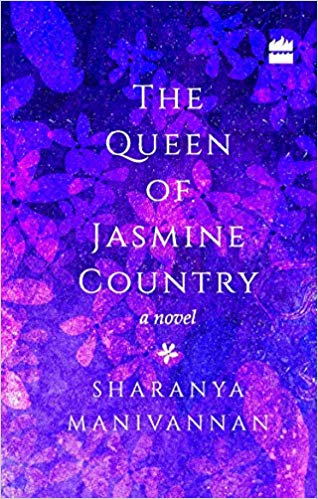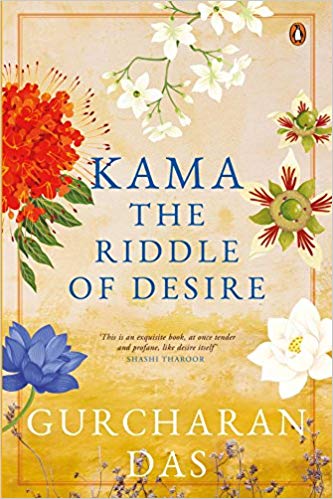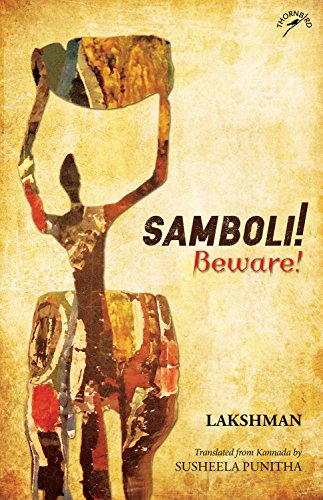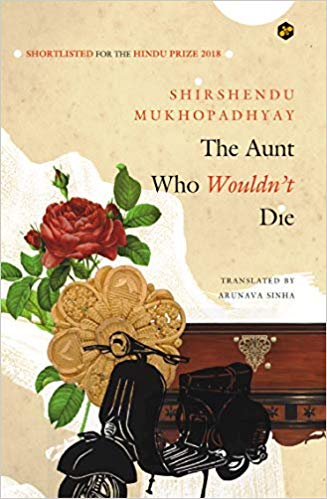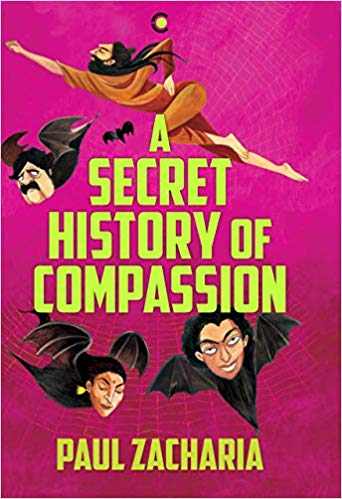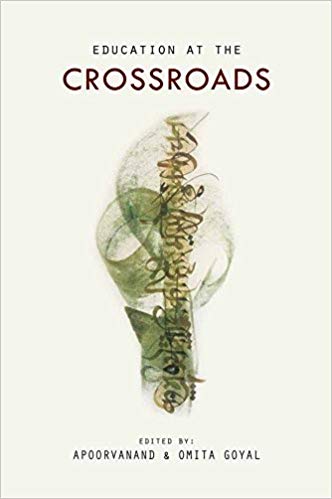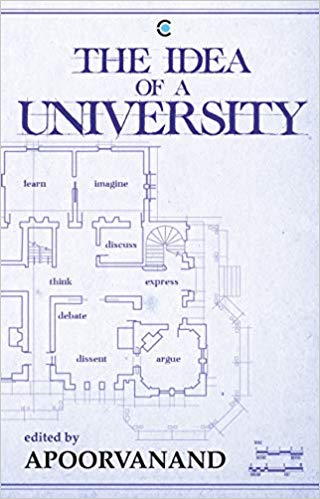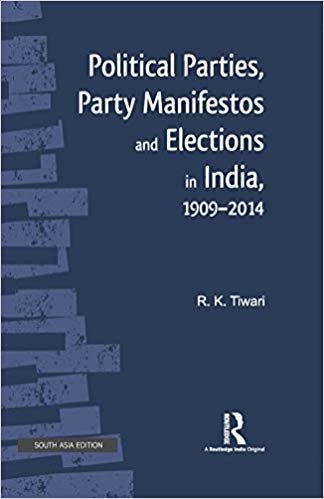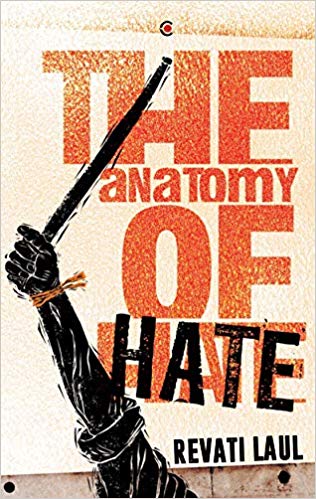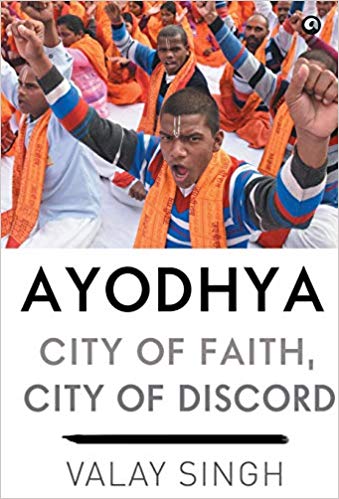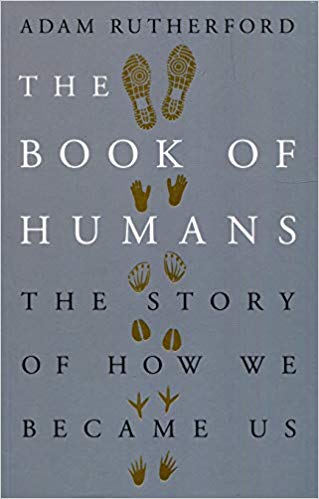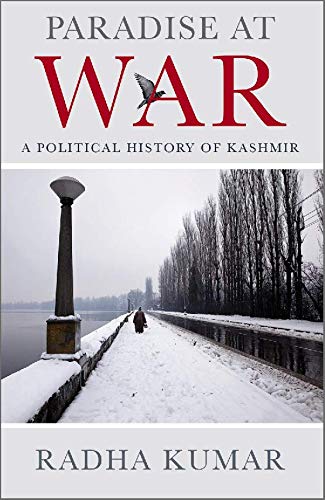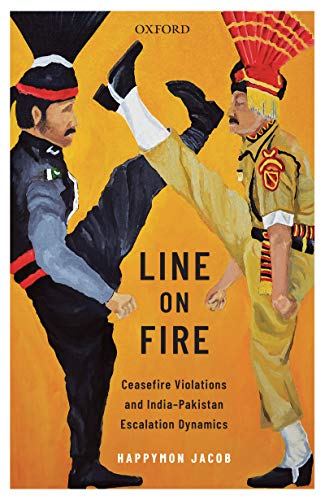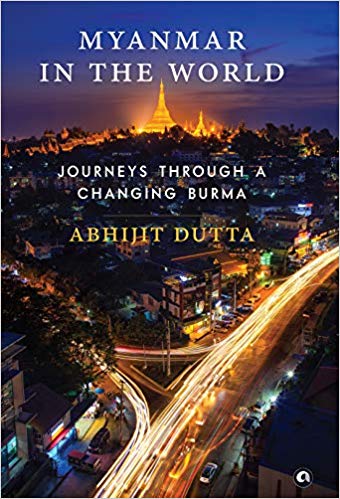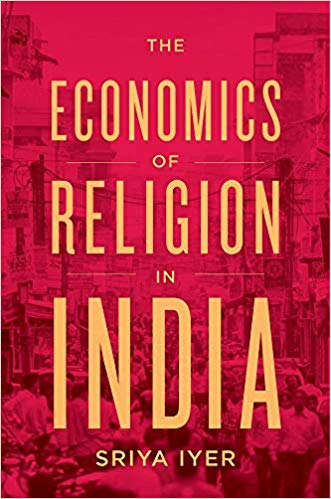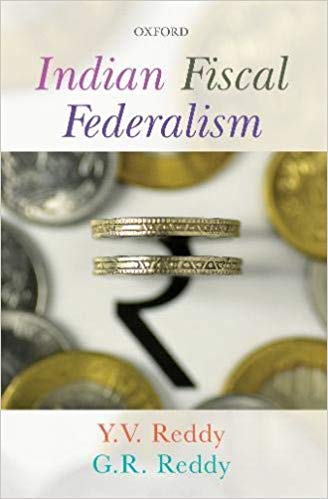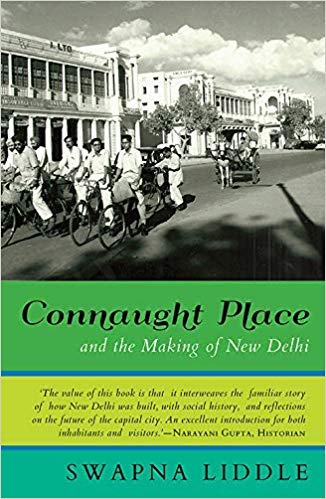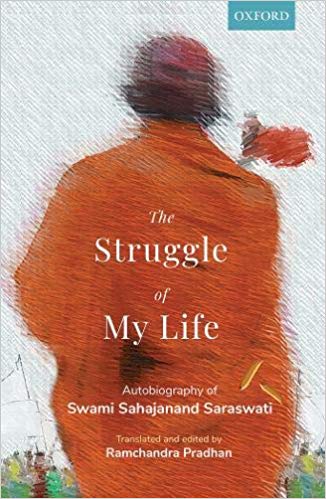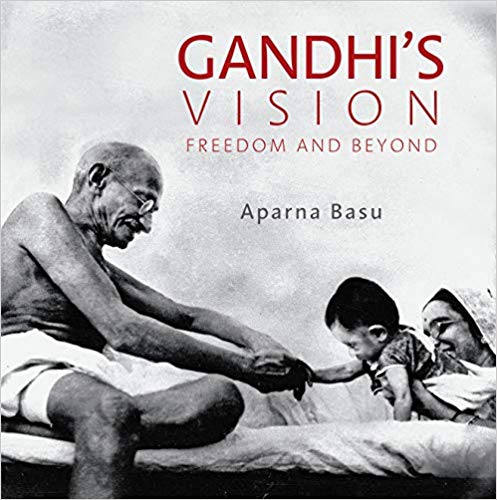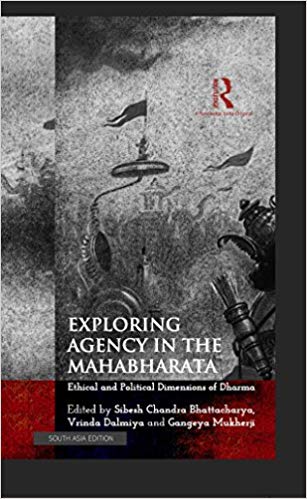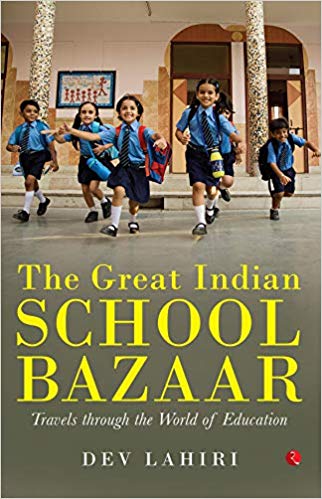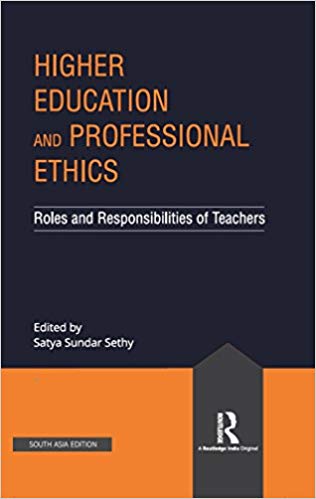In this timely book, The Verdict: Decoding India’s Elections, India’s original, most popular, and respected pollsters, Prannoy Roy and Dorab R Sopariwala unpack their story of elections in the world’s largest democracy. Spiced with anecdotes from the field and bits of dry humour, this deftly crafted, superbly researched volume presents ‘the characteristics, the experience, and the lessons learned from watching and studying Indian elections over the last seven decades.’
Archives
June 2019 . VOLUME 43, NUMBER 6The Queen of Jasmine Country brings to us a unique experience of sensuality and spirituality coursing through Kodhai, as she stands delicately poised on the cusp of womanhood. It is an old story made new in retelling, poetic in expression, languorous with longing.
Dharma, artha, kama and moksha are the four purusharthas in Hindu philosophy. A purushartha is an object of human pursuit or a purpose of a human being. Gurcharan Das has written about artha (India Unbound) and dharma (The Difficulty of Being Good). Now, he has written about kama–perhaps the biggest challenge of his career as a writer.
2018
Samboli! This expression is not from yesterday or the day before; it is centuries old. Manu, the ancient law-giver, decreed that people belonging to any of the untouchable castes of this country had to hold a pole with jingling bells tied to one end and pound it on the ground at every step to make a sound jal-jal. They had to call out ‘Samboli! Samboli!’ This is the Samboli pole warning others of their presence.
Shirshendu Mukhopadhyay’s Goynar Baksho is a Bengali novel about the ghost of Pishima. Married at the age of seven, widowed at twelve, Pishima lives in three rooms of her paternal house and owns a jewellery box. The possession of this box after the sudden death of Pishima pushes the plot until the ghost of the dead Pishima forces the innocent newly-wedded bride, Somlata, to hide it in her room.
Paul Zacharia is a celebrated name in Malayalam literature. His oeuvre includes more than fifty books in genres ranging from collections of short stories to novels and collections of essays to books for children. A Secret History of Compassion is his first novel in English—and what a whirlwind read this book is! Calling this novel quirky would be an understatement. There are layers in this novel that are not immediately apparent…
The total spend on education in India (Central and State governments together) is 2.7% of GDP. Though lower than the spends by peer BRICS countries the budget alone does not account for the poor state of school education(primary and secondary) and tertiary education, as revealed in various surveys and reports notably the ASER reports for schools and Asian or global rankings of universities and colleges.
The Idea of a UnThe Idea of a University, edited by Apoorvanand, is a spirited defence of ‘cosmopolitan’, liberal university education and reassertion of the meaning and relevance of academic freedom in today’s troubling times. Notably, this book draws on the same title as John Henry Newman’s 1852 volume, which was a collection of his lectures on the idea of an ideal university, (that was published in the backdrop of the first Irish Catholic University, the University of Dublin, being set up).
There have been few academic studies that factor in election manifestos political parties frame, put out and follow once the elections are over in India. Large or small, parties frame a list of their intent, should they come to power, or share power (significant in the era of coalition politics), to be shaped as public policies to attract voters to give them their mandate.
2018
Gripping, agonizing, stomach churning. The Anatomy of Hate is all of these, while also holding up a subtle, insightful and illuminating mirror to modern-day Indian society.
Revati Laul devoted more than ten years speaking to scores of persons about the sectarian violence that engulfed Gujarat in 2002; prising out excruciating recollections, trying to make sense of the motivations of the participants and delving into what drives mob behaviour.
Writings that revisit the knocking down of the Babri Masjid in Ayodhya and underscore India’s struggle to remain a secular republic are grim reminders of just how easily and repeatedly political divisiveness triumphs over constitutional values. That, to stamp out the injurious wrath of hateful agendas–-a disposition that has since seemed to have enveloped our collective psyche––it is critical to, with equal rigour, disfavour all beliefs that appeal to individuals and communities to frustrate diversity…
Adam Rutherford, that prolific public intellectual of the life sciences, has now put his words where his heart has quite evidently been for a long time. In this, his 2018 book, The Book of Humans: The Story of How We Became Us (and it is perhaps aptly renamed in the 2019 USA version—Humanimal: How Homo Sapiens Became Nature’s Most Paradoxical Creature—A New Evolutionary History), Rutherford widens his remit from explaining the technical arguments and resultant ideas of evolution…
Radha Kumar’s Paradise At War is yet another addition to the large corpus of scholarship on politics As is par for the course with much of this literature, starting from a discussion on Kashmiri self-understanding of being unique and exceptional, stemming out of the region’s geographical peripherality and its relatively unbroken tradition, history, and mythology, the book moves to the post-1947 events that led to the rise of insurgency in Kashmir in the late 1980s.
Happymon Jacob is a rising-star, academic and journalist, a columnist with The Hindu and anchor of a web series on strategic affairs at The Wire, besides teaching at a leading international relations faculty at the Jawaharlal Nehru University. His book justifies the preceding sentence. He has taken pains in using escalation theory to interpret the data gathered on ceasefire violations since 2003 to reveal that India and the surrounding regions are sitting on a seemingly dormant, if not active, volcano.
Not many Indian writers have written books on Myanmar in recent times touching on its political history. Amitav Ghosh’s classic Glass Palace, even if in a fictional setting, brought to us graphic pictures of colonial Burma. Sudha Shah in her book The King in Exile gave a poignant account of the troubles undergone by King Thibaw, the last King of Burma, who was deposed and exiled by the British to Ratnagiri in India, with his Queen and descendants.
Religion in India with all its complications has been a subject of study for social scientists from a range of disciplines including sociology, history and politics. Iyer underlines an economic approach to the study of religion which ‘involves the application of economic theory and statistical methods to evaluate the role of religion in society at both micro and macro levels’(p. 11).
It is rare to find books which are easy to read even though they are dealing with relatively non-readable topics such as Fiscal management, Institutional development and Policy formulation. This book, while it pulls no punches on these usually convoluted issues, is both lucidly simple and yet packed with information, which is presented in a very readable manner.
The much-defeated citadel of Delhi was little more than desolation. The Persian ruler Nadir Shah had bled the city. And what remained had been plundered by the rapacious hordes led by the Afghan, Ahmad Shah Durrani. Delhi could barely sustain a population much less afford the patronage of the arts. By the end of the eighteenth century Delhi was no more.
Of the seven books written by Swami Sahajanand Saraswati in the Hazaribagh Central Jail between 19 April 1940 and 7 March 1942, Mera Jeevan Sangharsh or The Struggle of My Life is the most important in terms of style, substance and historical significance. First in the series, he ‘started working on it the moment he reached the Hazaribagh jail’ (p. 355), the manuscript was completed within eight months in December 1940 and covers his recounting…
Photojournalists, press photographers, amateurs, followers and family members visually documented Mohandas Karamchand Gandhi’s life in great detail. Many of these photographs are housed in specialized archives, the National Gandhi Museum being a leading repository. Based on several photographs displayed at an exhibition organized by the National Gandhi Museum and the India International Centre and curated primarily by Aparna Basu, Gandhi’s Vision
Few texts in history have generated as much debate around philosophical and ethical issues as did the ancient Indian text named the Mahabharata. Its huge size, encyclopaedic nature, and openness in discourse has turned the Mahabharata into an archive of diverse thoughts and viewpoints prevalent in early India, alongside the extensive period of the composition of the text, ranging over a millennium if not more.
Dev Lahiri’s book is a slim, easy read on the complex and multi-layered topic of school education in India. The author draws from his vast experience of over four decades as a teacher, principal and educator, both in India and abroad. The book is replete with real, and often funny anecdotes from his stint in various schools and his sense of humour and ‘joie de vivre’ come across in many parts of the book.
The notion of professional ethics in the realm of higher education emerges because it is being recognized that professors and instructors are the one (and in many countries the only) group of teachers who are not required to be trained, educated, certified and licensed to teach. Therefore, they clearly have no structured opportunity to learn about the professional ethics of their roles and responsibilities as teachers.


